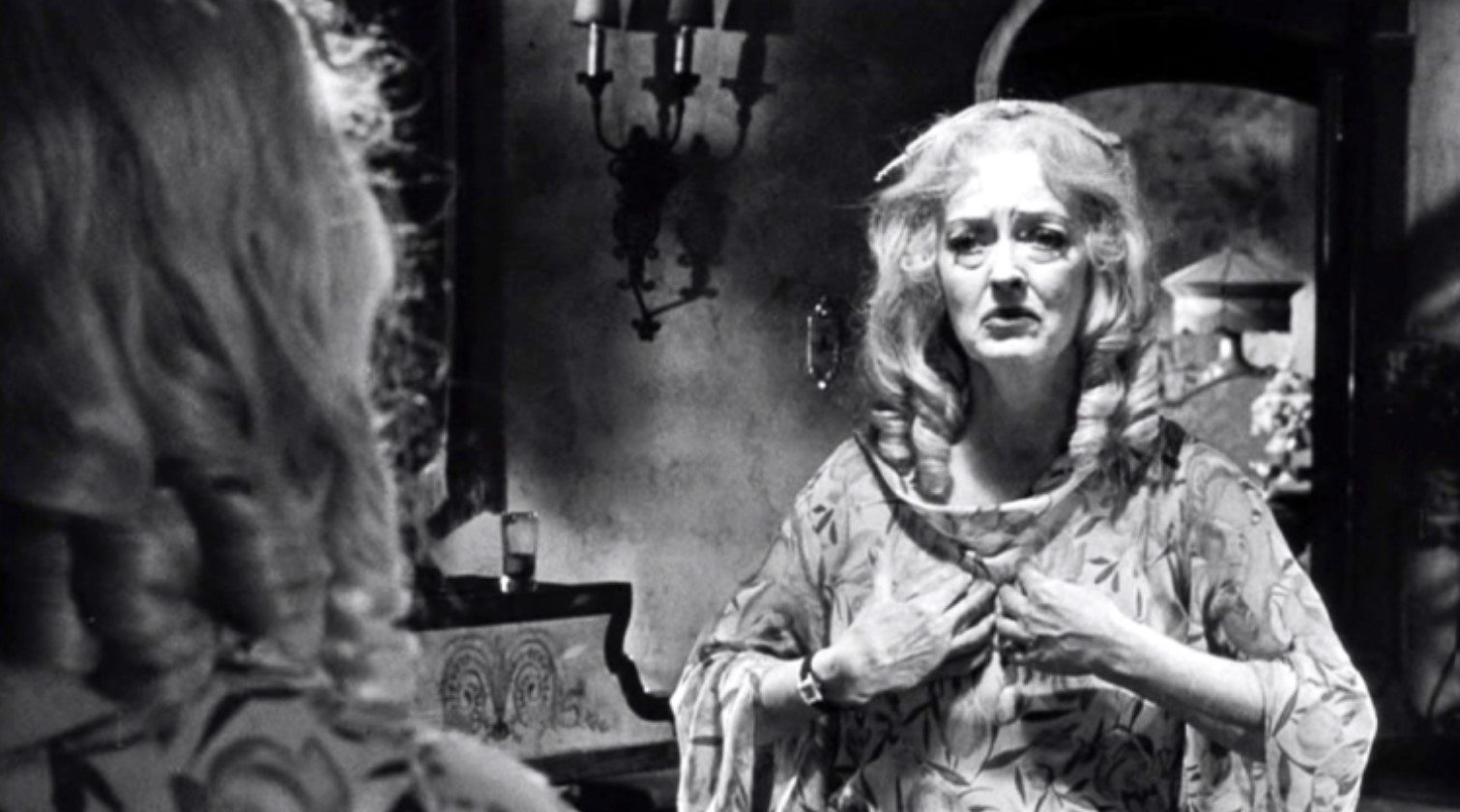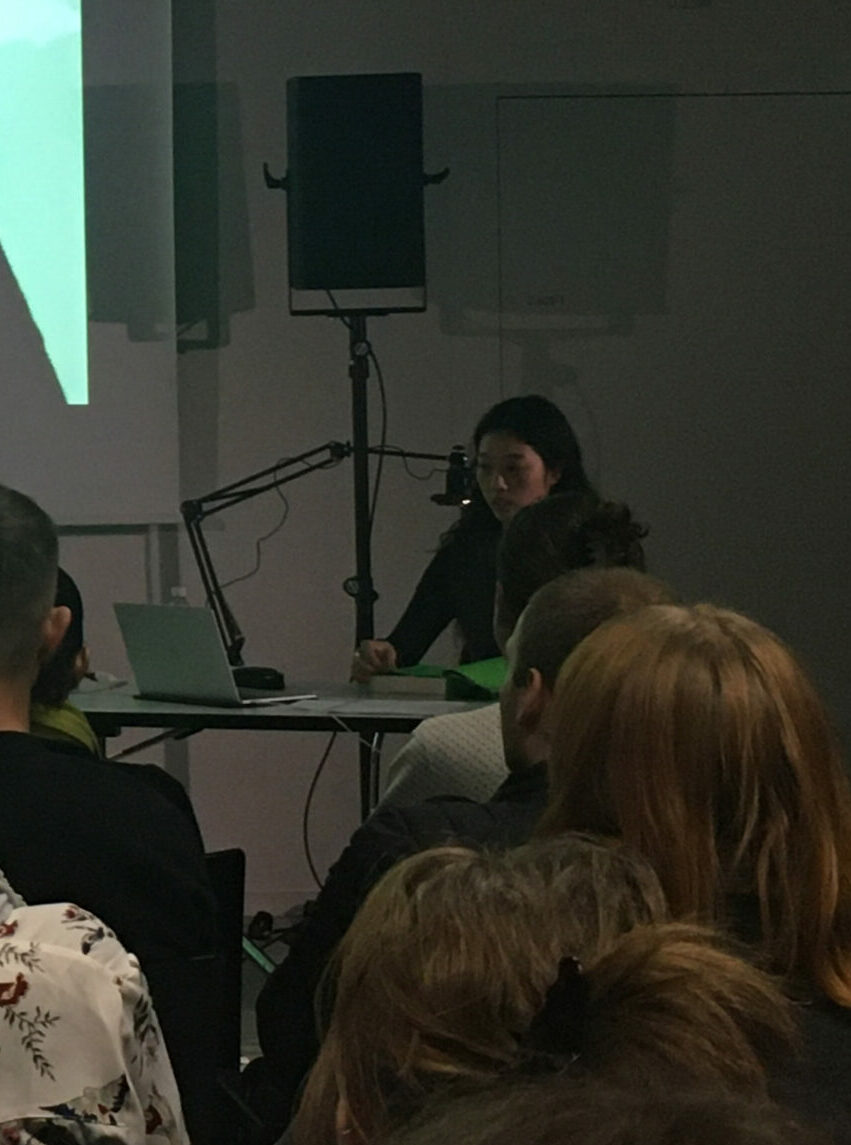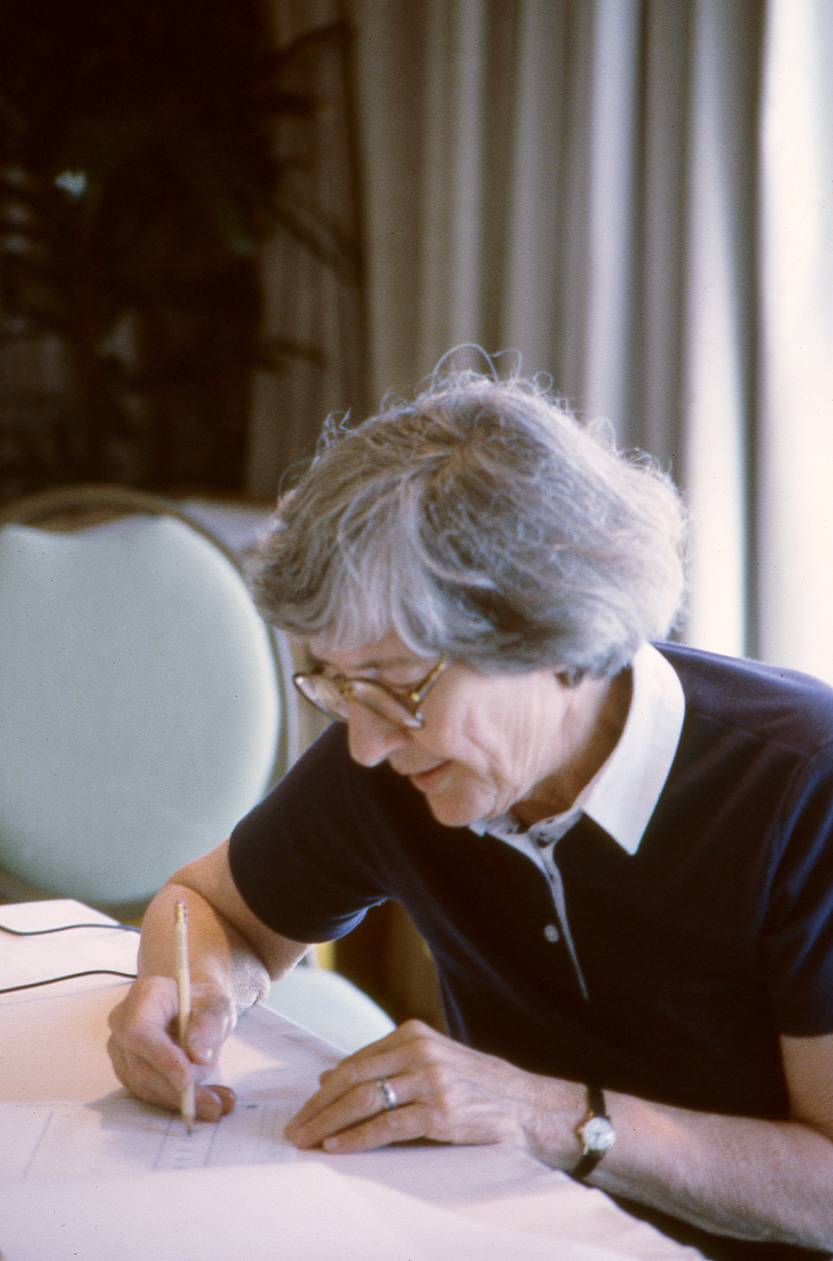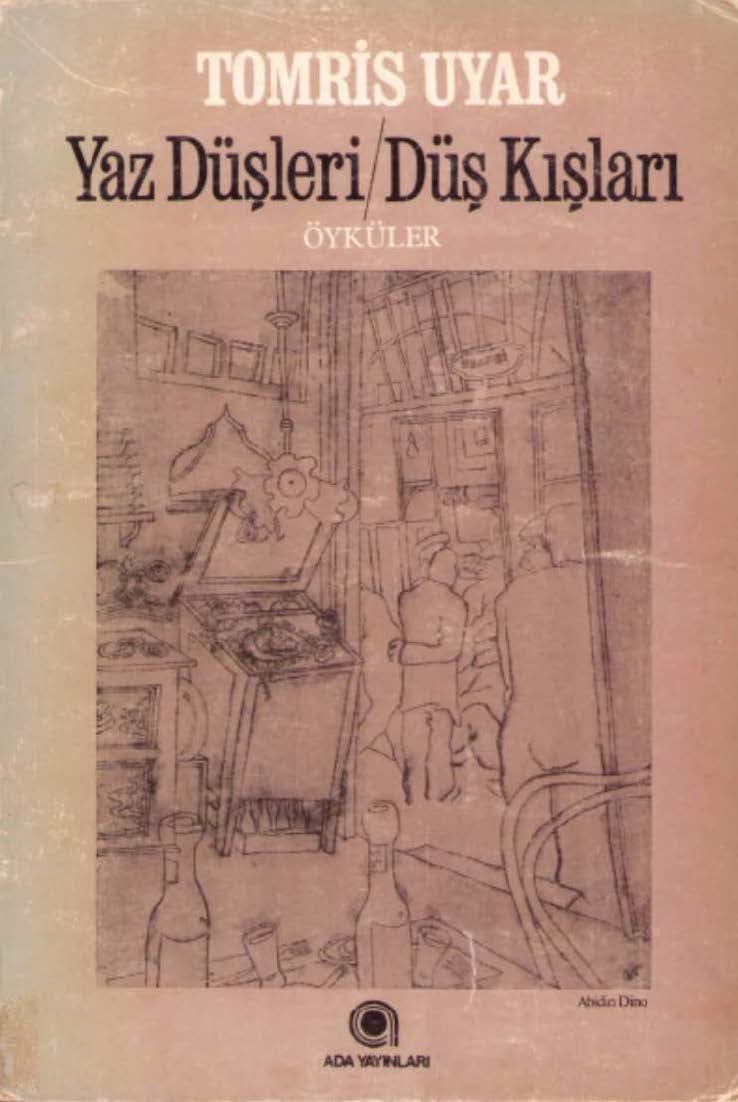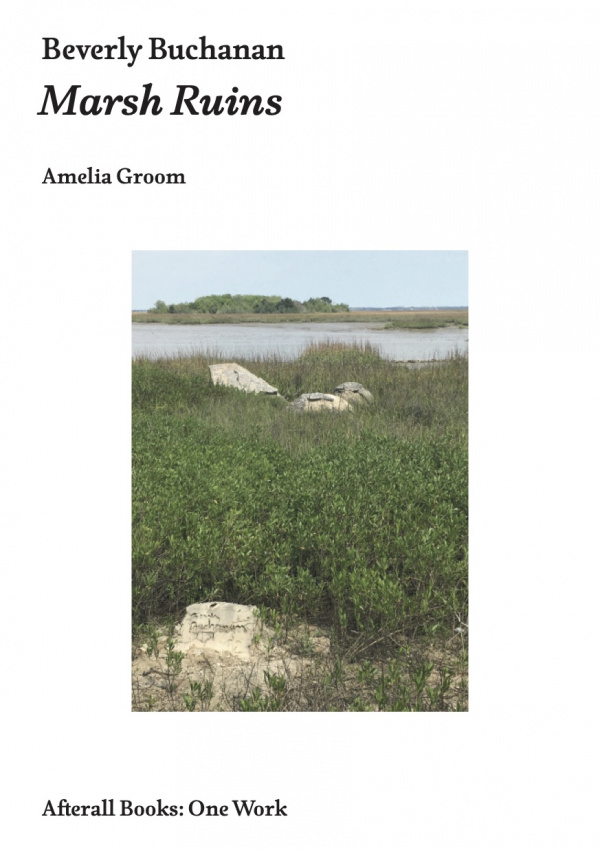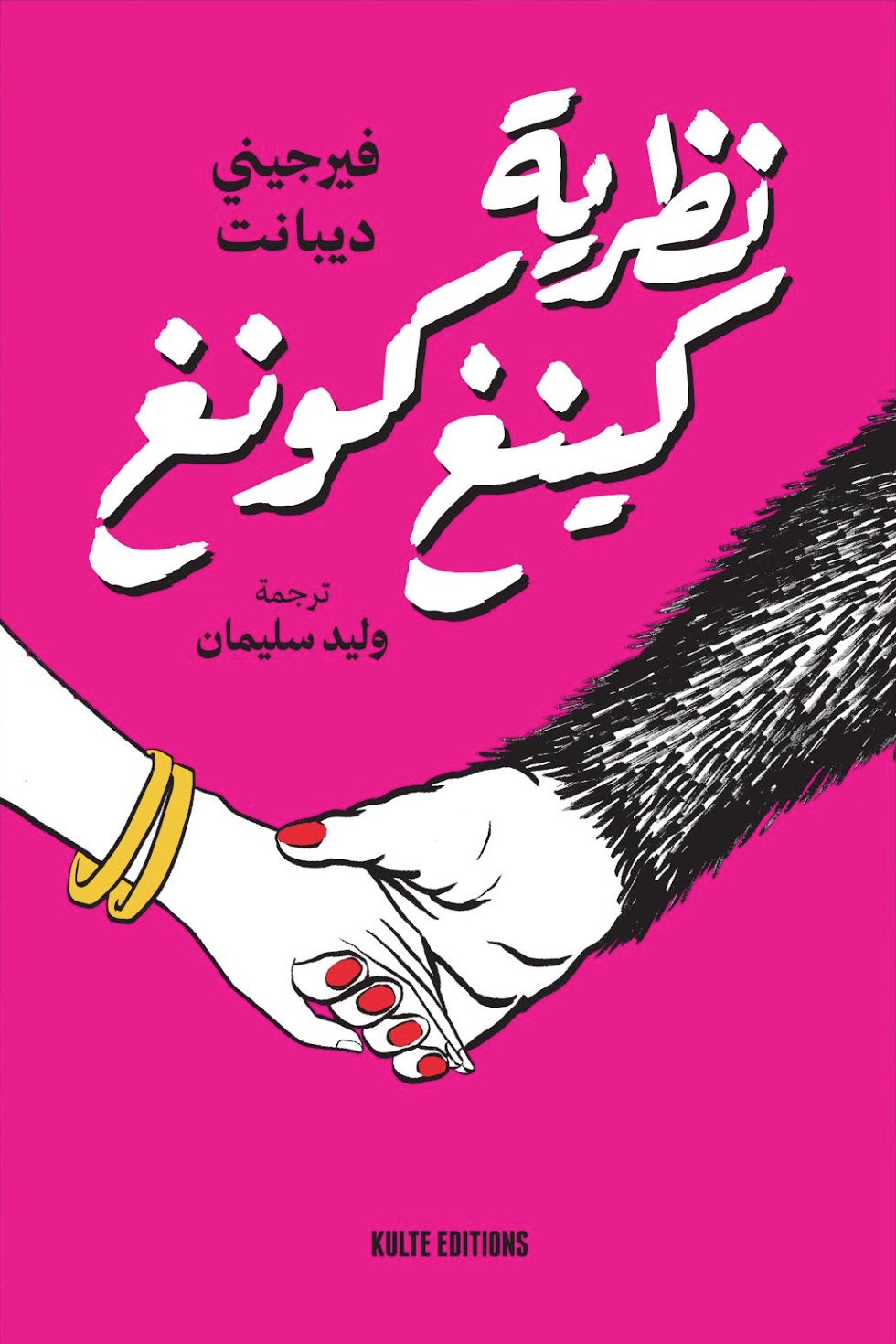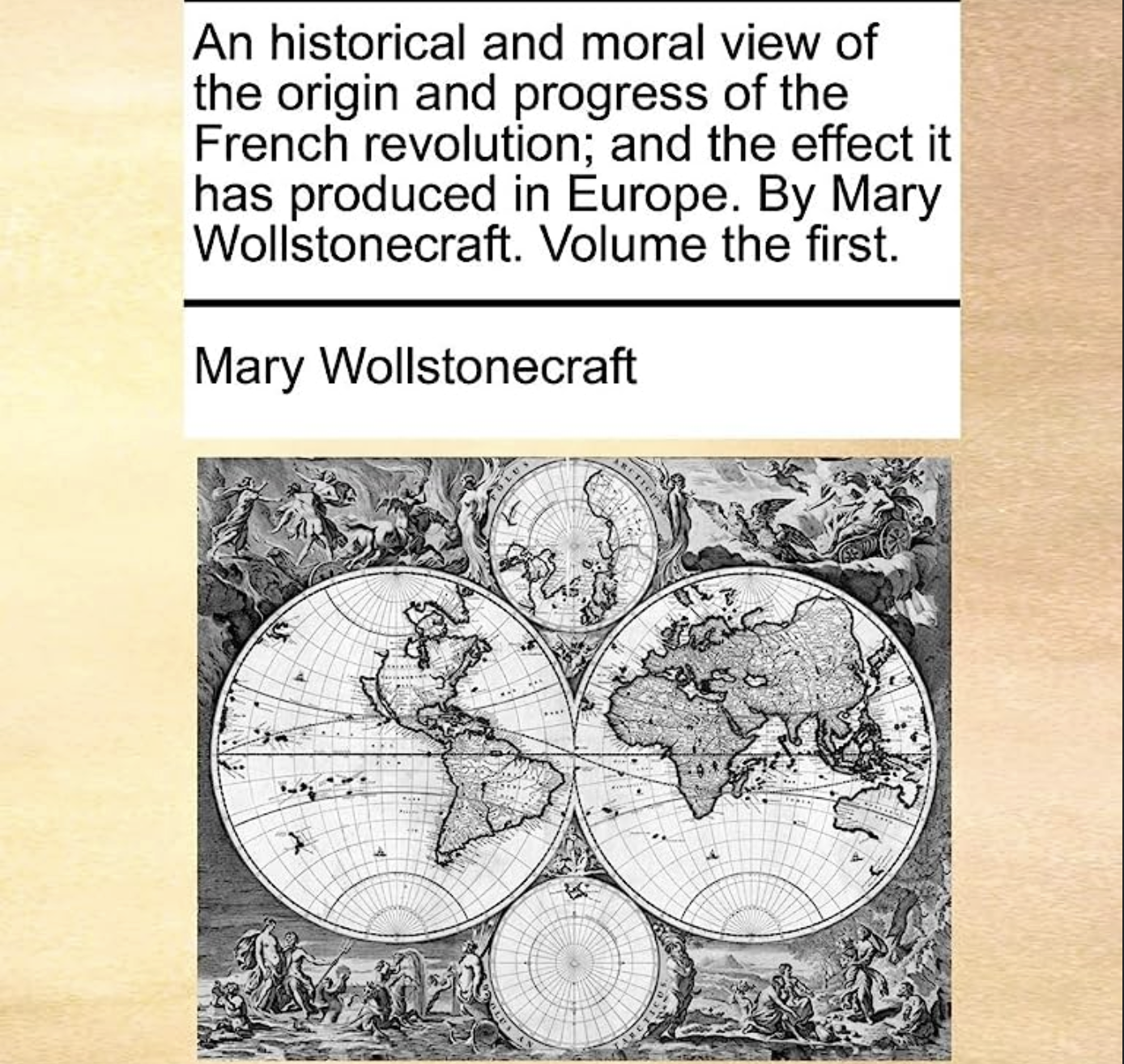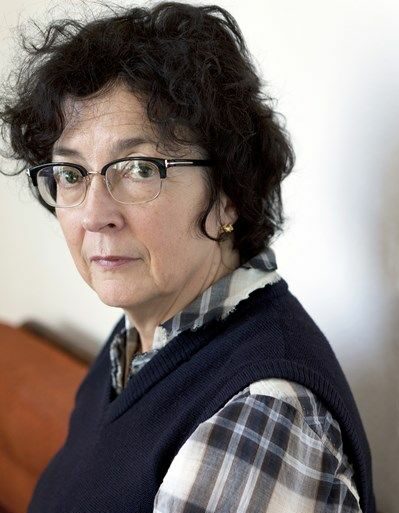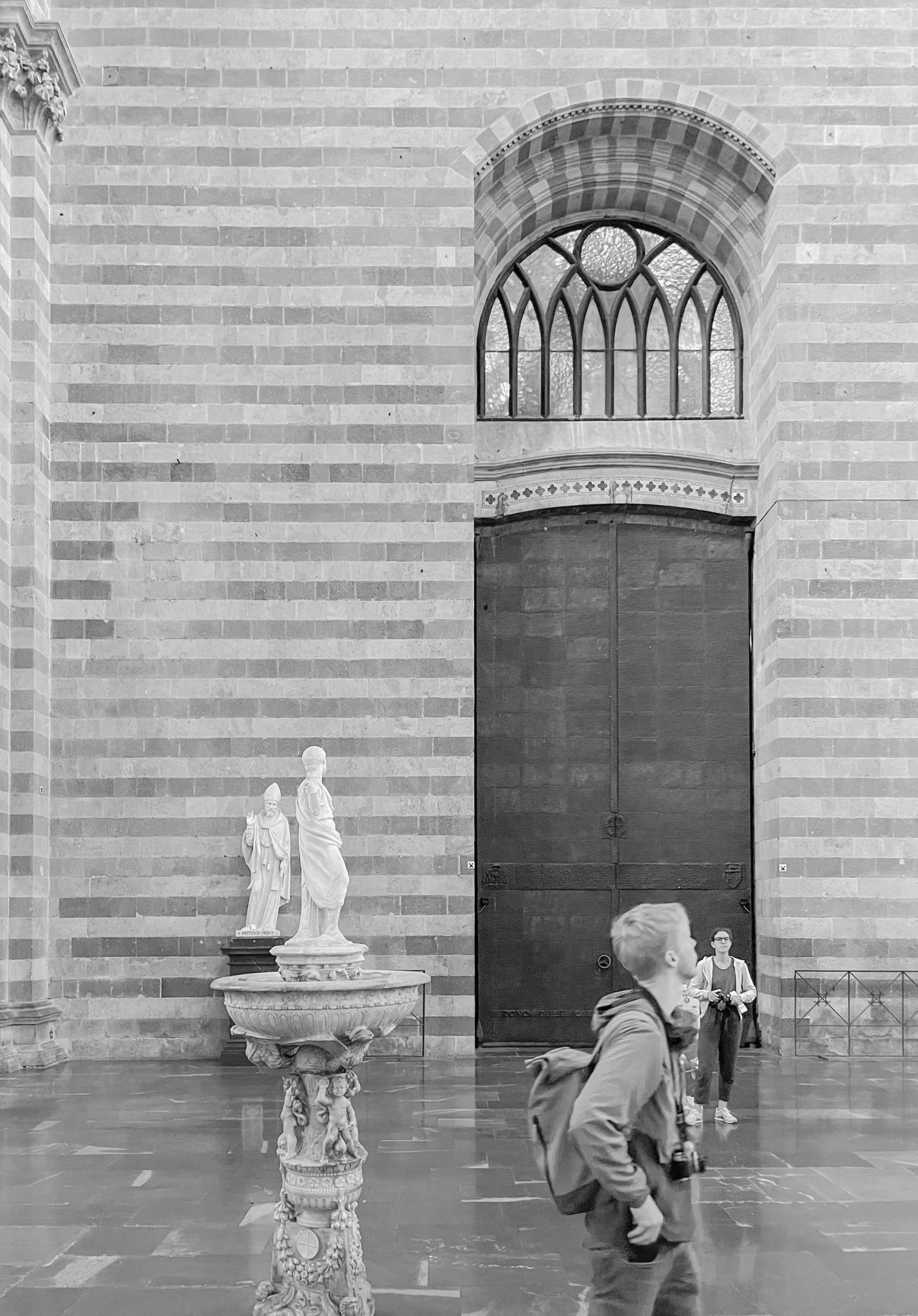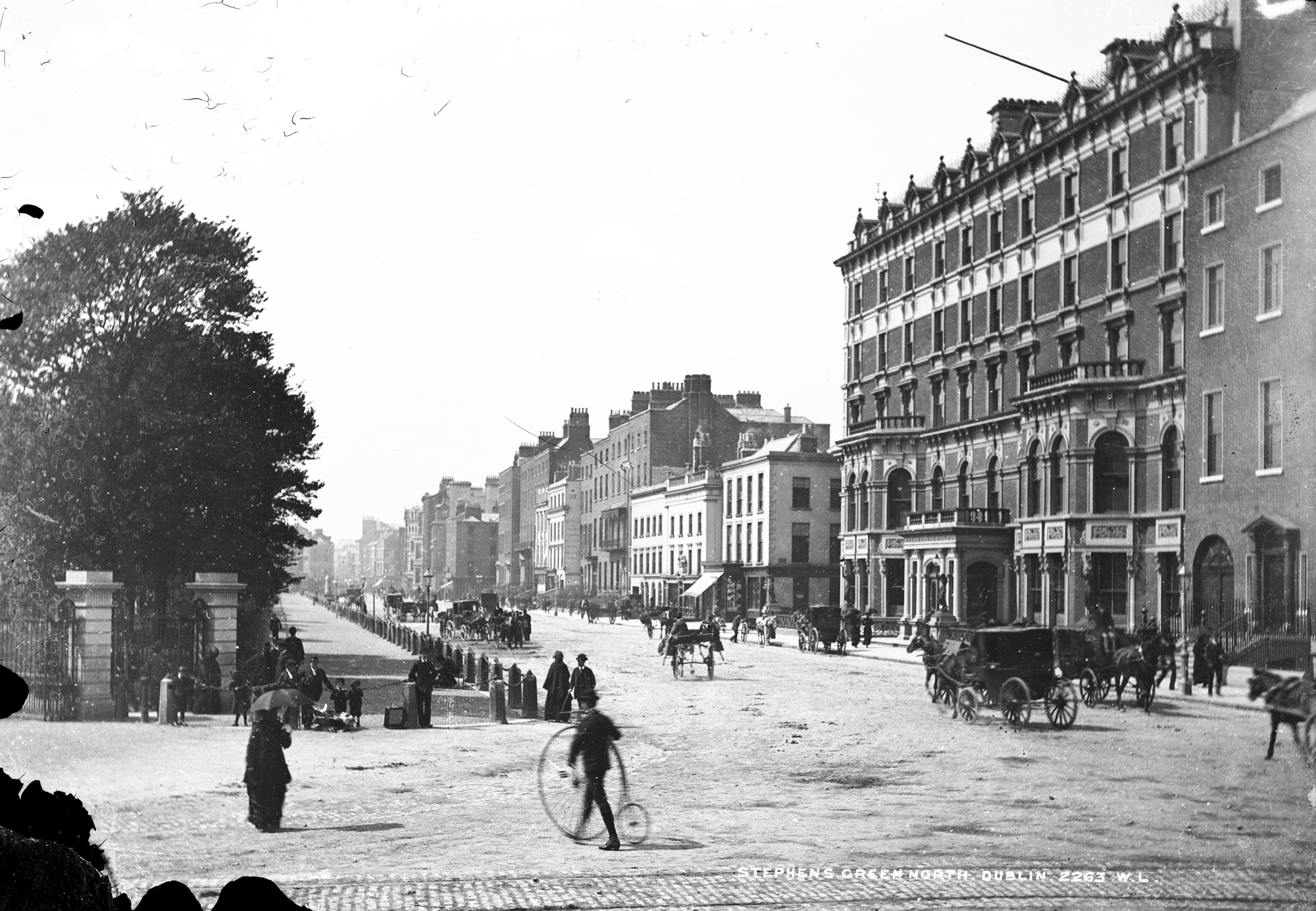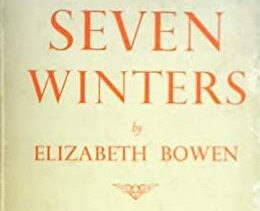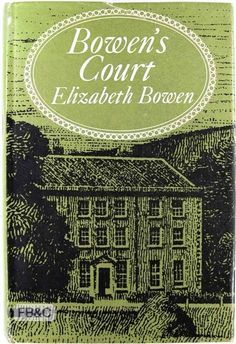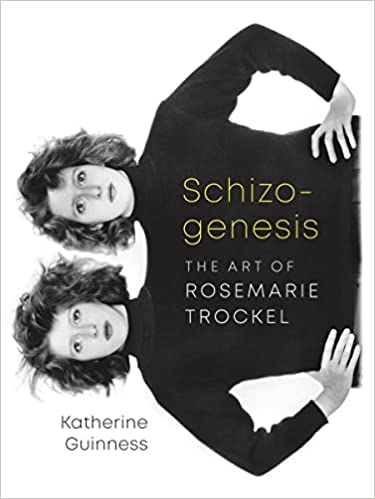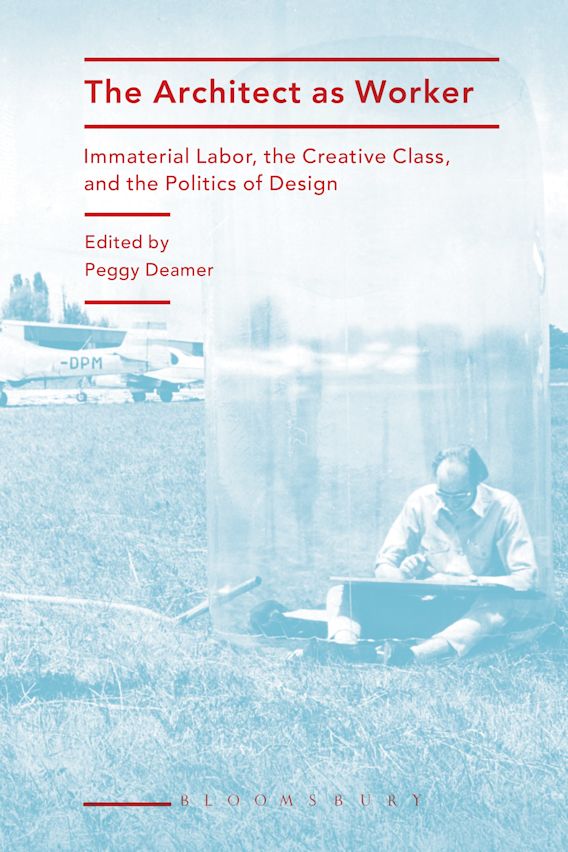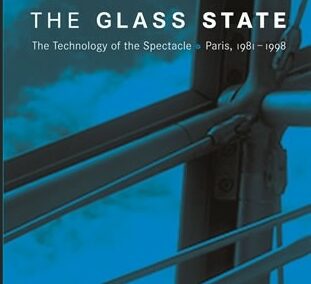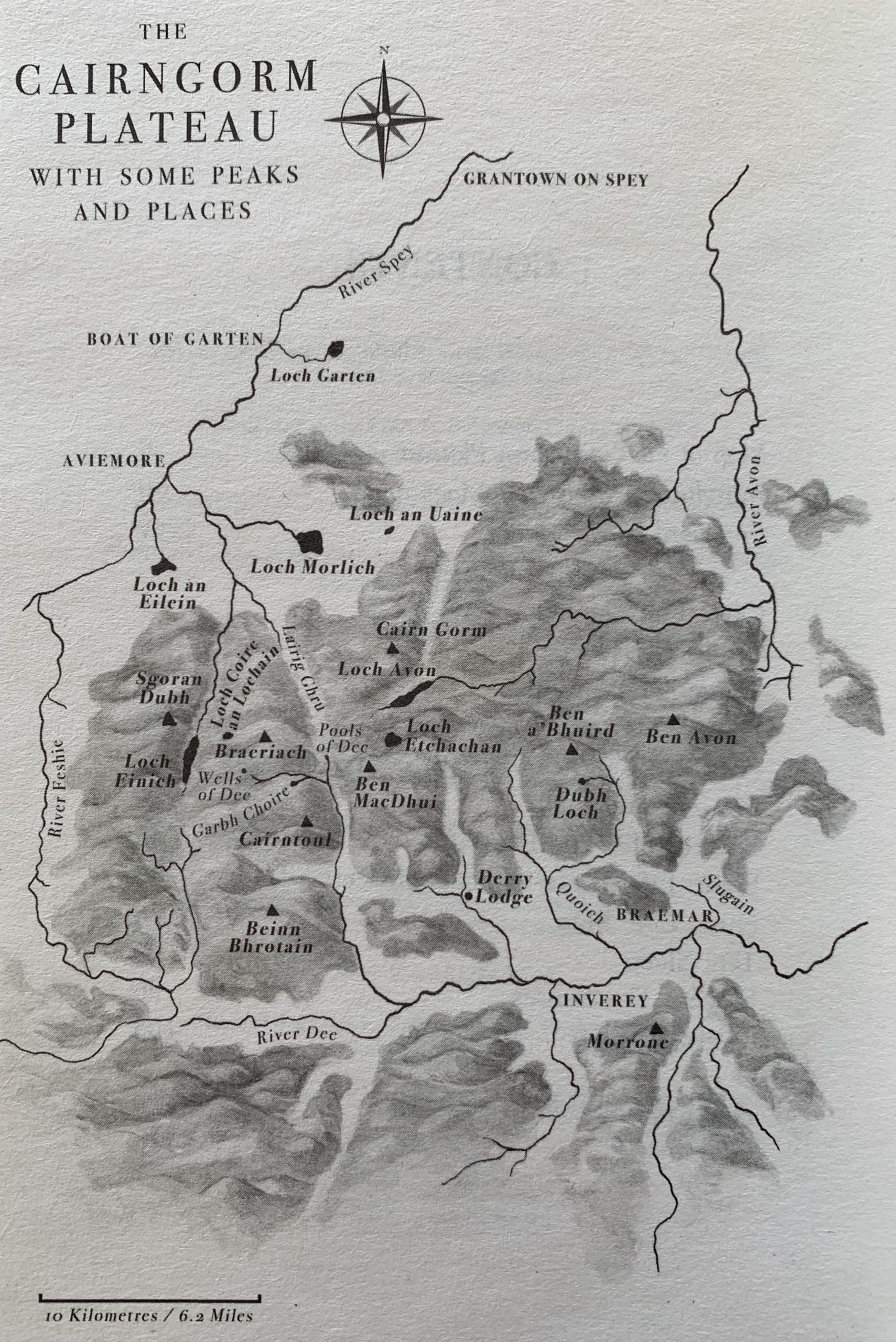Dividing Space and Labour : Spatial Dynamics of Multinational Corporations
Bunna without Borders : Coffee / Making as a Relational Space
Theory from the South
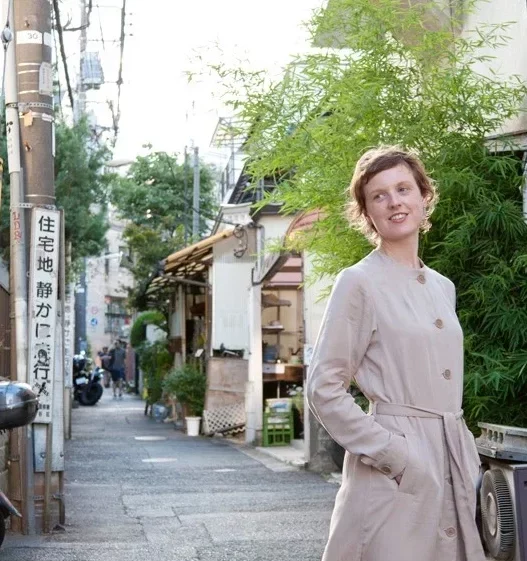
Adhrita Roy on Seen From The South
The course “Seen from the South” curated by Cathelijne Nuijsink (chair of Professor Avermaete, ETH Zürich) aimed at investigating the relationship of the western world to its Global South counterparts. As Jean Comaroff says – the Global South – the ‘non-West’ has always been seen as the area of raw, unprocessed data so what if […]

